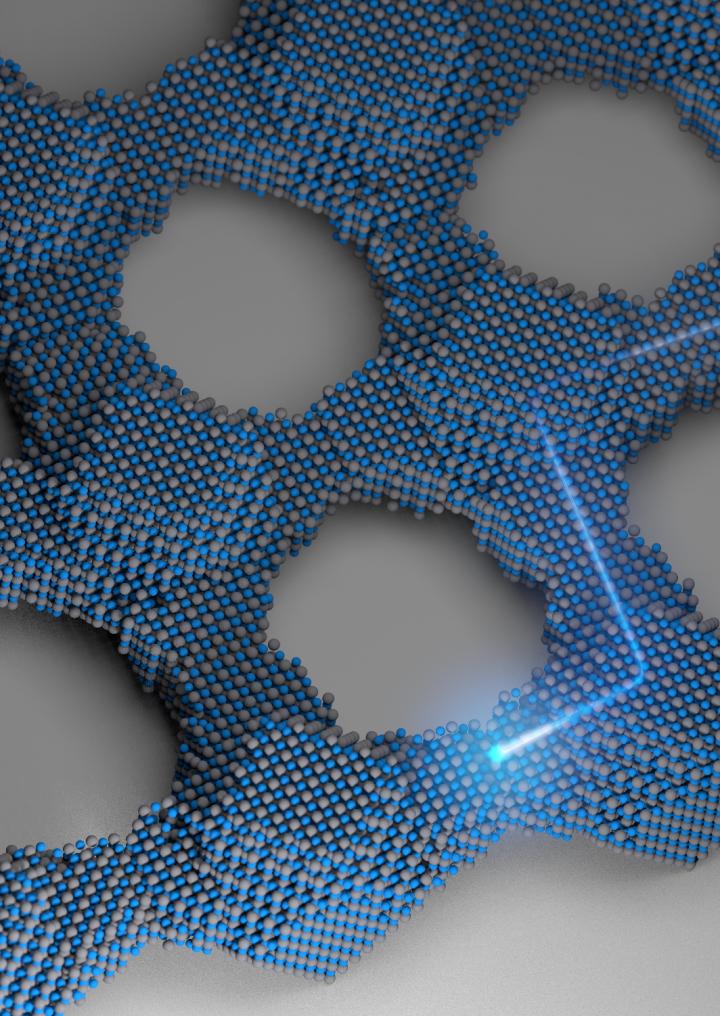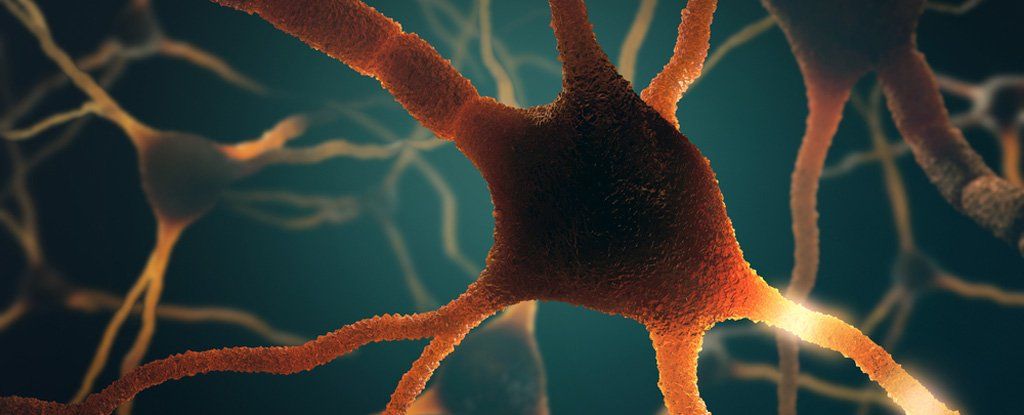
NASA’s study of a Venus landsail rover for possible launch as early as 2023 continues via its Innovative Advanced Concepts office. Geoffrey Landis, the rover’s study scientist fills me in on the latest. Ironically, the optimal landing site is near that of the Soviet Venera 10 lander.
NASA continues working towards a Venus landsail surface rover that could see launch as early as 2023 and mark the first time in a generation that any probe has landed on the planet’s hot, rocky surface. After a five month journey from Earth, the lander-rover — about the size of a windsurfing board — would begin a nominal 50-day surface mission.
If funded, NASA would launch this landsail “Zephyr” rover as a $400 million Discovery class mission with a coupled orbiter and lander. Once safely in Venus orbit, the rover-lander would detach for its journey through the planet’s thick atmosphere. Following an upright wheels-down landing, pyrotechnics would then cut the rover loose to explore the surface.
Loaded with some 50 pounds of science equipment, the landsail rover would move about courtesy of a 26-foot airfoil sail.
Read more









